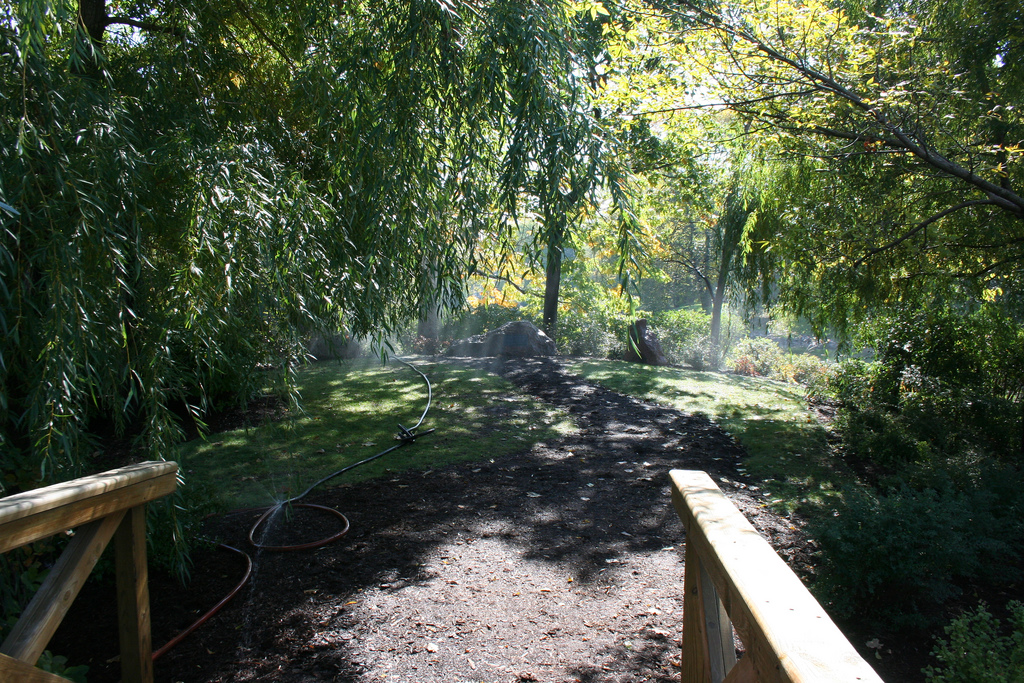Chicago landscape architect O.C. Simonds used native plants – before it was cool
By Robin Amer

Chicago landscape architect O.C. Simonds used native plants – before it was cool
By Robin Amer
Nineteenth century landscape architect O.C. Simonds is much less famous today than many of his contemporaries. His biographer, historian Barbara Geiger, says that’s kind of a shame and rather strange. Once you’re familiar with Simonds’ work, Geiger says, “you will find a shock of recognition” as you walk around Chicago. “You will find that all these places you’ve been going have been designed by this fellow.”
For example, the western half of Graceland Cemetery, which runs along Clark Street between Irving Park and Montrose, was designed by Simonds, as were portions of the Morton Arboretum and Lincoln Park, and a good number of Chicago’s backyards.
Simonds work is significant, Geiger says, because he was the first landscape architect to favor the use of native plants in his work. Whereas Frederick Law Olmsted (who designed New York’s Central Park, the plan for the west suburban village of Riverside, and the grounds for the World’s Columbian Exhibition) saw Chicago as a swamp and disdained the landscape, Simonds dug up and transplanted elm trees from local farms to use in his gardens and appreciated the region’s natural topography (such as it was). And whereas other designers planted in monoculture – using one kind of plant at a time – Simonds was ecologically minded, clustering plants together the way they might appear in nature.
Graceland – the final resting place of Chicago notables such as Marshall Field and Ludwig Mies van der Rohe – was Simonds’ Chicago masterpiece: a quiet, subtle composition of shifting vignettes, inspired by naturalistic English gardens and 19th century landscape painting.
In the audio above, Geiger explains why Graceland Cemetery is as pleasing to the eye today as it was when it was first designed.
Dynamic Range showcases hidden gems unearthed from Chicago Amplified’s vast archive of public events and appears on weekends. Barbara Geiger spoke at an event presented by the Chicago Architecture Foundation in January. Click here to hear the event in its entirety.